Every year, NHL fans are treated to a new wave of youthful talent making names for themselves on the ice, as the question marks of yesterday become the stars of today. Last season’s rookie crop was highlighted (and then some) by the kids in Toronto, as Auston Matthews, William Nylander, and Mitch Marner took the league by storm and turned around a Toronto franchise starving for star power and success.
Patrik Laine looked like the second coming of Alex Ovechkin in his rookie campaign, potting 36 goals in 73 games. Zach Werenski made the jump from college hockey to the top pairing of a playoff team. Even second-round picks got into the action, as Sebastian Aho’s 49-point season served as a harbinger of good things to come in Carolina.
The upcoming campaign may not have quite the name recognition or franchise-altering talent as recent years past. However, five rookies in particular appear poised to put their own stamp on the league during the 2017-18 season. It’s safe to assume three of the following rookies will be Calder Trophy nominees come June.
Note: The NHL defines a “rookie” as a player under the age of 26 who has not played in more than 25 games the previous season, nor in six or more games in each of any two preceding seasons.
Kyle Connor, Winnipeg Jets
To the surprise of many, Kyle Connor fell to 17th overall in the 2015 NHL Draft. After undressing the USHL for two seasons, Connor headed to the University of Michigan where the offensive explosion continued. He averaged nearly two points per game as a Wolverine, scoring 35 goals and 71 points in just 38 games. He earned NCAA Rookie of the Year honors and Big Ten Player of the Year, as well as a Hobey Baker Award nomination.
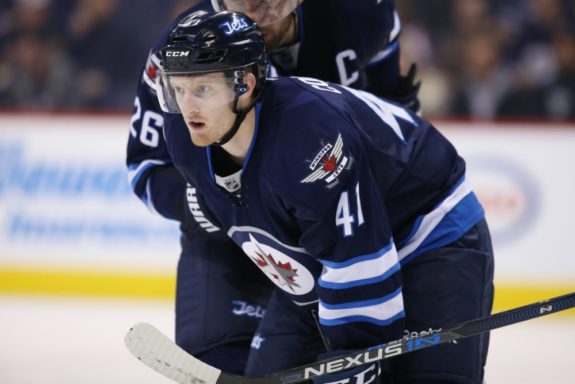
In his first season of professional hockey, he scored 25 goals and 44 points through 52 games in the AHL. In Winnipeg, the 20-year old registered five points through 20 games, playing largely in a bottom-six role.
The Michigan native has the speed and quickness to put opposing defenders on their heels. He’s a natural scorer and a crafty playmaker, whose pedigree as a natural center make his tw0-way play a real asset on the wing. He’s still a bit lanky (6-foot-1, 180 pounds), but will fill out his frame in little time. For every battle he’s set to lose along the boards he will likely more than make up for them with his tremendous playmaking ability.
Why He’ll Succeed
Winnipeg has an embarrassment of riches at the forward position. Between last year’s Calder Finalist Patrik Laine, Mark Scheifele, Blake Wheeler, Bryan Little and Nikolaj Ehlers, their top six is as talented as virtually any in the league.
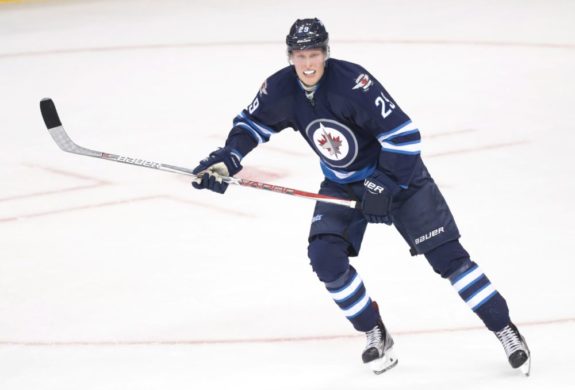
As such, one can expect to see Connor slot in at left wing within the top six, likely alongside Wheeler and Little. Wheeler is averaging over 69 points per 82 games during his tenure in Winnipeg/Atlanta, while Little is an astute playmaker and two-way center in his own right.
Moreover, he’ll likely see time on a Winnipeg power play that features Dustin Byfuglien and all of the aforementioned deadly scorers. The opportunities to produce will be plentiful and Connor has the talent to capitalize. Twenty goals and 50 points are well within reason.
Joshua Ho-Sang, New York Islanders
Though his talent has never come into question, Joshua Ho-Sang’s non-traditional attitude and outlook raised some flags in his draft year. His approach and demeanor likely played a pivotal role in his fall to 28th overall in the 2014 NHL Draft. Moreover, his decision to don Mario Lemieux’s sacred ’66’ further rankled some feathers.
His skill level is far less controversial. Ho-Sang’s 144 points over his last 115 games in the OHL are a testament to that. His 36 points over 50 games in the AHL aren’t exactly eye-popping. However, the 10 points he registered in 21 games in the NHL last season show that he’s already capable of producing with the big boys.
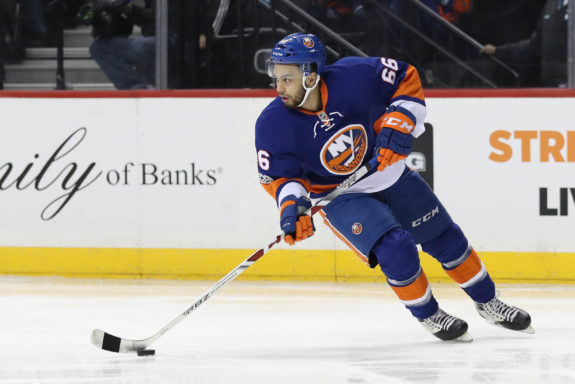
The 6-foot, 175-pound forward could stand to add some bulk, but that’s a common denominator for most young players. He’s an excellent skater, an outstanding playmaker and possesses a never-ending repertoire of moves and dangles. He’s capable of playing all three forward positions, and at 21 years of age, is just barely scratching the surface of his potential.
Why He’ll Succeed
The New York Islanders may be a team on the fringe of the playoff picture, but there is considerable young talent amongst the forwards. Like Kyle Connor above, Ho-Sang figures to slot in alongside two impactful veterans. In this instance, Brock Nelson and Andrew Ladd are the presumptive linemates.
Nelson and Ladd are both big, physical forwards who earn their paychecks from close range and in the corners. Nelson is coming off of his third-consecutive 20-goal season while Ladd rebounded from an atrocious start to register 23 goals; it was the fifth 20-goal campaign of his career.
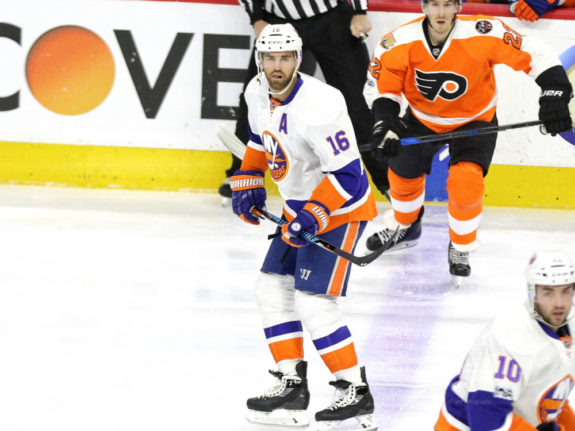
Ho-Sang brings the kind of speed and creativity those two players sorely need on their line. Furthermore, their size and physicality will create space and security for the spindly Ho-Sang. He’s also likely to see ample time on a power play that features John Tavares and Jordan Eberle.
Fifteen goals and 50 points are within Ho-Sang’s reach this season.
Clayton Keller, Arizona Coyotes
Clayton Keller looks to follow in the footsteps of similarly diminutive playmakers like Johnny Gaudreau and Tyler Johnson. The 5-foot-10, 170-pound Keller may not be the biggest player on the ice, but every inch and ounce of him is bursting with ability.
The seventh pick of the 2016 NHL Draft was a dynamo for both Boston University and the gold medal-winning U.S. World Juniors squad last season. At BU, Keller’s 21 goals and 45 points both led the way for an extremely talented Terriers team. What makes that more impressive is the fact that he missed eight of the team’s contests due to his time spent playing internationally for the Americans.
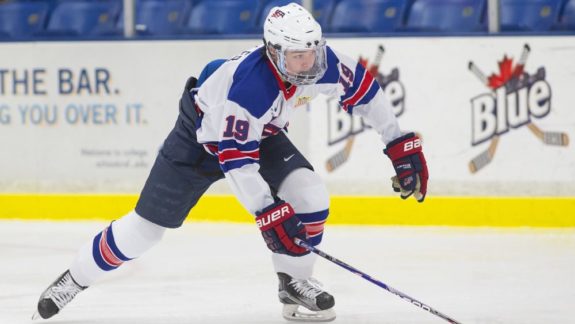
On the international stage, his 11 points through eight games led the way for the tourney champs, as he proved every game that players his own age were no match for his prowess.
In a three-game stint with the Arizona Coyotes to end his season, Keller registered two assists.
He boasts outstanding speed and quickness, even for an “undersized” player. He’s creative, thinks the game at a high level and can finish with aplomb. His ability to play both center and left wing are a boon to an Arizona squad that, frankly, needs help at every position.
Why He’ll Succeed
Unlike the two aforementioned rookies, Keller won’t be slotting in alongside veteran talent. He won’t be the beneficiary of safe matchups or favorable start-zones. Keller’s success will stem from nothing more than his own considerable talent as well as ample opportunities.
A natural center, he’ll likely begin his NHL career at left wing. With Max Domi the likeliest candidate to man the left wing position alongside newly-acquired Derek Stepan, Keller figures to land alongside either Christian Dvorak or Dylan Strome (more on him later).
Both are young (20 and 19, respectively), so hiccups along the way are likely. However, with Arizona still in the midst of a rebuild, the time is perfect to unleash a talent like Keller in a consequence-free environment.
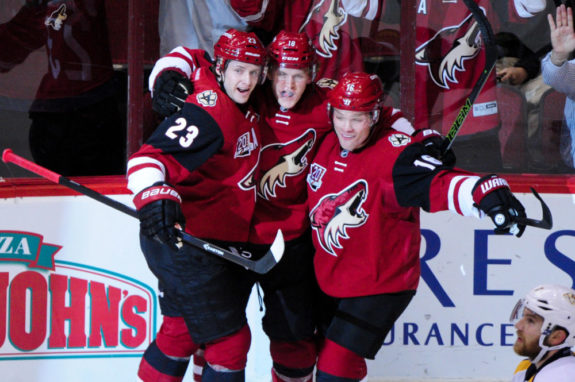
The organization is nowhere near contending for a Cup. Keller should receive considerable ice time, both at five-on-five as well as on the power play as a means to expedite the development of both player and team.
Fifteen-twenty goals and 45-50 points would have placed Keller toward the top of Arizona’s points leaders last season. Though his numbers may be repressed somewhat by a lack of proven talent on the roster, they’re not unreasonable figures for a player of this caliber.
Charlie McAvoy, Boston Bruins
When discussing Charlie McAvoy, the most frequent comparison that comes up is Drew Doughty. This is music to the ears of Boston Bruins fans. To divisional foes, it probably sounds like the theme to “Jaws.”
The defenseman capped off his career at Boston University with his second excellent campaign in as many seasons. Anchoring the team’s blue line as a sophomore, McAvoy’s 26 points paced the unit. They were also good enough for sixth overall on the team. It was the second time in as many seasons that he recorded 25-plus points in fewer than 40 games.

Internationally, he joined fellow Terrier and top prospect Clayton Keller on the WJC squad, recording six points through seven games. His efforts earned him First-Team Tournament honors, as well as being named MVP of the gold medal-winning affair versus Canada.
Despite playing in zero regular season contests at the NHL level, McAvoy was thrown into the fire for Game 1 of the 2017 playoffs. With injuries ravaging the Boston blue line, McAvoy stepped up (and then some), playing top-pairing minutes. His 26-plus minutes of average ice time ranked second on the team only to Zdeno Chara, and his play was virtually flawless. Steady. Calm. Poised. Ready.
He finished the six-game series versus Ottawa with three points, all assists.
Why He’ll Succeed
There isn’t a single facet to his game that can be considered a weakness. McAvoy is a tremendous puck mover, but not at the expense of his defensive responsibilities. He’s a risk taker, but not a gunslinger. He’s a punishing hitter, but not a headhunter.
Bobby Orr, in particular, was effusive in his praise of the youngster:
I was impressed with Charlie right out of the chute. He didn’t look like a player that was just playing his first game in the NHL.
-Bobby Orr (Matt Dolloff, CBS Boston) June 14, 2017
His frame (6 feet, 210 pounds) is powerful and sturdy in the mold of Ray Bourque. His leg and core strength combined with a low center of gravity enable him to separate forwards from the puck with regularity while also making it difficult to turn the tables on him. He’s an effortless, smooth skater, joining the rush with confidence and regularity.
In Boston, he’ll be receiving copious amounts of ice time in a top-four and perhaps even top-pairing role. Should he play on the top pairing alongside Zdeno Chara, he’ll have a massive security blanket to his left, allowing him to play to his strengths and join the rush. Should he play alongside Kevan Miller or Torey Krug, he’ll receive more favorable zone starts and matchups.
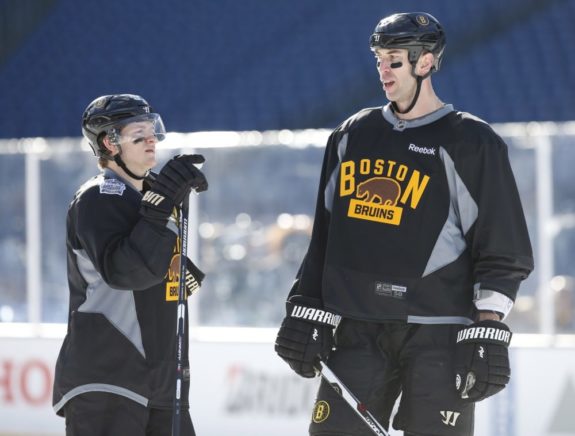
He’ll likely man the point on Boston’s top power-play unit alongside Krug, adding firepower to last season’s unit, which ranked seventh in the league.
Defensemen, by and large, take more time to develop and are more difficult to assess than their forward counterparts. However, I would be very surprised if Charlie McAvoy is not a Calder Finalist by season’s end.
Five goals and 30 points to go along with excellent defensive play are within his grasp this season.
Dylan Strome, Arizona Coyotes
As mentioned above, the rebuild in Arizona is still underway. As such, players like Dylan Strome and the aforementioned Clayton Keller will be given every opportunity to play, develop and excel.
Dylan Strome has produced at every level of competition. As a member of the Erie Otters of the OHL, Strome registered 315 points in his last 159 games; just under two points per game. On the international stage, he most recently tied for the team lead in points at the WJC with 10 through seven games.
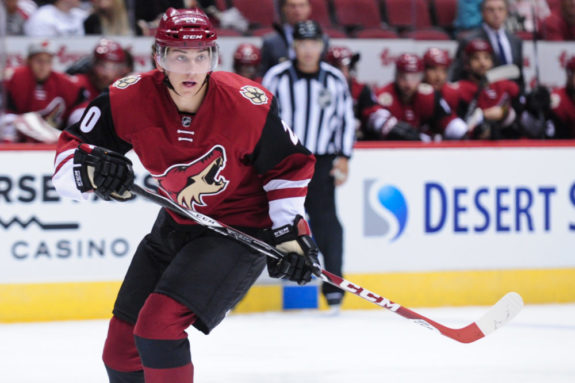
During a seven-game cup of coffee with Arizona last season, he registered one assist.
The 20-year old center has a projectable frame at 6-foot-3 but is currently a little lean at just 185 pounds. Another season of weight training should see him eclipse a more ideal 200 pounds.
He’s an exceptional playmaker, as evidenced by his 211 assists over his last 315 games in the OHL. However, Strome also possesses an excellent shot—one his coaches would like to see him utilize more frequently. He also processes the game in a way which bodes well for his development as a future two-way, top-line center.
Why He’ll Succeed
As the third overall selection in the 2015 NHL Draft, expectations are high. Fortunately for the Coyotes organization and fans, Strome has the tools to take the next step this season.
The arrival of Derek Stepan allows Strome to slide more comfortably down the depth chart. Allowing Strome to find his footing at the NHL level from the third line versus an opponent’s bottom six will be beneficial for Strome in both the short and long term. He figures to be a fixture on the team’s power play as well; the unit is in desperate need of an infusion of talent.
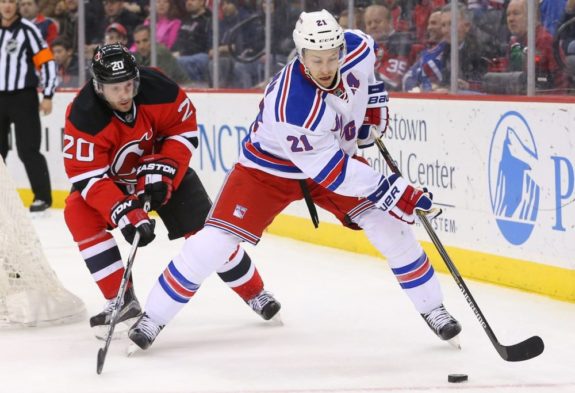
As with Keller above, the combination of undeniable talent, frequent opportunity, and modest team-wide expectations should foster success for Strome during the 2017-18 campaign.
Despite a lack of established star power in Arizona, Strome should be good for 15-20 goals and 45-50 points.